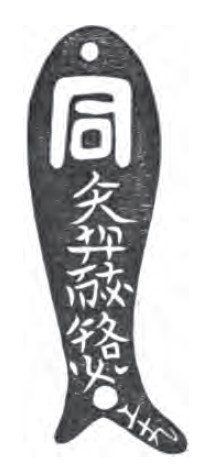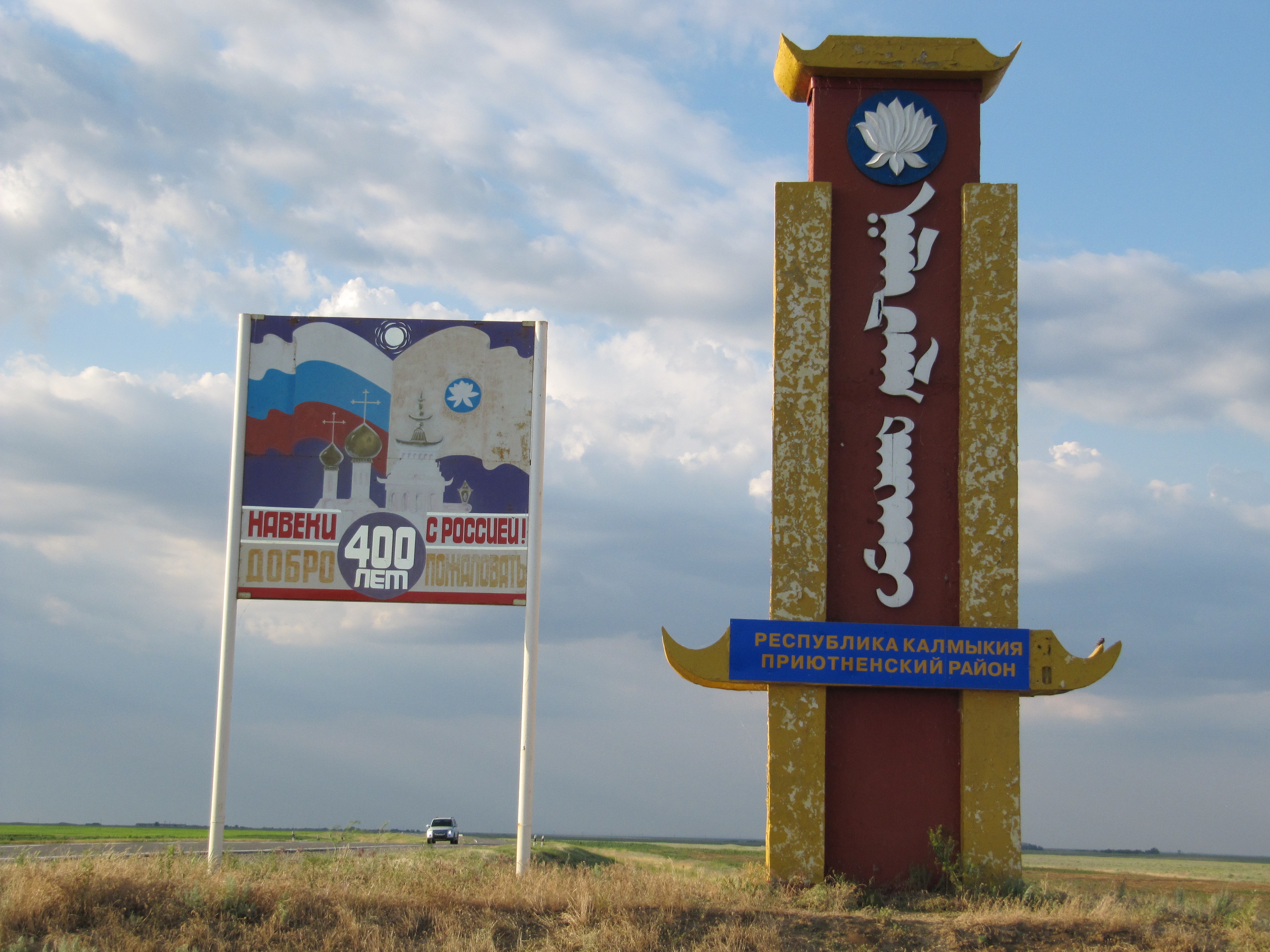|
Soyombo Script
The Soyombo script ( mn, Соёмбо бичиг, ''Soyombo biçig'') is an abugida developed by the monk and scholar Zanabazar in 1686 to write Mongolian. It can also be used to write Standard Tibetan, Tibetan and Sanskrit. A special character of the script, the Soyombo symbol, became a national symbol of Mongolia and has appeared on the Flag of Mongolia, national flag and Emblem of Mongolia, emblem of Mongolia since 1911, as well as money, stamps, etc. Creation The script was designed in 1686 by Zanabazar, the first spiritual leader of Tibetan Buddhism in Mongolia, who also designed the Horizontal square script. The Soyombo script was created as the fourth Mongolian script, only 38 years after the invention of the Clear script. The name of the script alludes to this story. It is derived from the Sanskrit word ''Svayambhu'' "self-created". The syllabic system in fact appears to be based on Devanagari, while the base shape of the letters is derived from the Ranjana alphabet. De ... [...More Info...] [...Related Items...] OR: [Wikipedia] [Google] [Baidu] |
Abugida
An abugida (, from Ge'ez language, Ge'ez: ), sometimes known as alphasyllabary, neosyllabary or pseudo-alphabet, is a segmental Writing systems#Segmental writing system, writing system in which consonant-vowel sequences are written as units; each unit is based on a consonant letter, and vowel notation is secondary. This contrasts with a full alphabet, in which vowels have status equal to consonants, and with an abjad, in which vowel marking is absent, Abjad#Impure abjads, partial, or optional (although in less formal contexts, all three types of script may be termed alphabets). The terms also contrast them with a syllabary, in which the symbols cannot be split into separate consonants and vowels. Related concepts were introduced independently in 1948 by James Germain Février (using the term ) and David Diringer (using the term ''semisyllabary''), then in 1959 by Fred Householder (introducing the term ''pseudo-alphabet''). The Ethiopian Semitic languages, Ethiopic term "abugi ... [...More Info...] [...Related Items...] OR: [Wikipedia] [Google] [Baidu] |
Soyombo Symbol
The ''Soyombo'' symbol (; mn, Соёмбо, ; from sa, svayambhu) is a special character in the Soyombo alphabet invented by Zanabazar in 1686. The name "Soyombo" is derived from Sanskrit ''svayambhu'' "self-created". It serves as a national symbol of Mongolia, to be found on the Flag of Mongolia, the Emblem of Mongolia, and on many other official documents. In the Soyombo alphabet, the two variations of the Soyombo symbol are used to mark the start and end of a text. It is thought to be possible that the symbol itself may predate the script. Symbolism The Soyombo has ten elements in the columnar arrangement of abstract and geometric symbols and patterns. They are fire, sun, moon, two triangles, two horizontal rectangles, the ''Taijitu'' (yin and yang) and two vertical rectangles. The elements in the symbol are given the following significance (from top): * Fire is a general symbol of eternal growth, wealth, and success. The three tongues of the flame represent the past, pr ... [...More Info...] [...Related Items...] OR: [Wikipedia] [Google] [Baidu] |
Vowel
A vowel is a syllabic speech sound pronounced without any stricture in the vocal tract. Vowels are one of the two principal classes of speech sounds, the other being the consonant. Vowels vary in quality, in loudness and also in quantity (length). They are usually voiced and are closely involved in prosodic variation such as tone, intonation and stress. The word ''vowel'' comes from the Latin word , meaning "vocal" (i.e. relating to the voice). In English, the word ''vowel'' is commonly used to refer both to vowel sounds and to the written symbols that represent them (a, e, i, o, u, and sometimes y). Definition There are two complementary definitions of vowel, one phonetic and the other phonological. *In the phonetic definition, a vowel is a sound, such as the English "ah" or "oh" , produced with an open vocal tract; it is median (the air escapes along the middle of the tongue), oral (at least some of the airflow must escape through the mouth), frictionless and continuant ... [...More Info...] [...Related Items...] OR: [Wikipedia] [Google] [Baidu] |
Consonant
In articulatory phonetics, a consonant is a speech sound that is articulated with complete or partial closure of the vocal tract. Examples are and pronounced with the lips; and pronounced with the front of the tongue; and pronounced with the back of the tongue; , pronounced in the throat; , and , pronounced by forcing air through a narrow channel (fricatives); and and , which have air flowing through the nose ( nasals). Contrasting with consonants are vowels. Since the number of speech sounds in the world's languages is much greater than the number of letters in any one alphabet, linguists have devised systems such as the International Phonetic Alphabet (IPA) to assign a unique and unambiguous symbol to each attested consonant. The English alphabet has fewer consonant letters than the English language has consonant sounds, so digraphs like , , , and are used to extend the alphabet, though some letters and digraphs represent more than one consonant. For example, th ... [...More Info...] [...Related Items...] OR: [Wikipedia] [Google] [Baidu] |
Soyombo Script Example , range of characters defined in the Unicode Standard for the Soyombo script
{{disambig ...
The name Soyombo is derived from the Sanskrit word ''Svayambhu'' (meaning "created out of itself"). Soyombo may refer to: * Soyombo alphabet, an abugida developed by Zanabazar in 1686 to write Mongolian * Soyombo symbol, a special character of that script and national symbol of Mongolia * Soyombo movie theater, a movie theater/cinema of Mongolia * Soyombo (Unicode block) Soyombo is a Unicode block containing characters from the Soyombo alphabet, which is an abugida developed by the monk and scholar Zanabazar (1635–1723) in 1686 to write Mongolian. It can also be used to write Tibetan and Sanskrit Sanskr ... [...More Info...] [...Related Items...] OR: [Wikipedia] [Google] [Baidu] |
Old Turkic Alphabet
The Old Turkic script (also known as variously Göktürk script, Orkhon script, Orkhon-Yenisey script, Turkic runes) was the alphabet used by the Göktürks and other early Turkic peoples, Turkic khanates from the 8th to 10th centuries to record the Old Turkic language.Scharlipp, Wolfgang (2000). ''An Introduction to the Old Turkish Runic Inscriptions''. Verlag auf dem Ruffel, Engelschoff. . The script is named after the Orkhon Valley in Mongolia where early 8th-century inscriptions were discovered in an 1889 expedition by Nikolai Yadrintsev. These Orkhon inscriptions were published by Vasily Radlov and deciphered by the Denmark, Danish philologist Vilhelm Thomsen in 1893. This writing system was later used within the Uyghur Khaganate. Additionally, a Yenisei River, Yenisei variant is known from 9th-century Yenisei Kirghiz inscriptions, and it has likely cousins in the Talas River, Talas Valley of Turkestan and the Old Hungarian alphabet of the 10th century. Words were usual ... [...More Info...] [...Related Items...] OR: [Wikipedia] [Google] [Baidu] |
Mongolian Alphabets
Various Mongolian writing systems have been devised for the Mongolian language over the centuries, and from a variety of scripts. The oldest and native script, called simply the Mongolian script, has been the predominant script during most of Mongolian history, and is still in active use today in the Inner Mongolia region of China and has ''de facto'' use in Mongolia. It has in turn spawned several alphabets, either as attempts to fix its perceived shortcomings, or to allow the notation of other languages, such as Chinese, Sanskrit and Tibetan. In the 20th century, Mongolia briefly switched to the Latin script, but then almost immediately replaced it with the Cyrillic script under the Mongolian People's Republic's for compatibility with the Soviet Union, as it was its satellite state. Nevertheless, Mongols living in Inner Mongolia as well as other parts of China, on the other hand, continued to use alphabets based on the traditional Mongolian script. In March 2020, the Governme ... [...More Info...] [...Related Items...] OR: [Wikipedia] [Google] [Baidu] |
Ranjana Alphabet
The Rañjanā script (Lantsa) is an abugida writing system which developed in the 11th centuryJwajalapa and until the mid-20th century was used in an area from Nepal to Tibet by the , the historic inhabitants of the , to write and . Nowadays it is also used in Buddhist monasteries in India; |
Clear Script
Clear Script ( xal, , Тодо бичиг, , ''todo biçig''; mn, Тод бичиг, ''tod bichig'', , bxr, Тодо бэшэг, ''Todo besheg'' (), or just todo) is an alphabet created in 1648 by the Oirat Buddhist monk Zaya Pandita for the Oirat language.Kara, György. ''Books of the Mongolian Nomads''. Bloomington: Indiana University, 2005.Eds. Daniels, Peter T. and William Bright. ''The World's Writing Systems''. New York: Oxford University Press, 1996 It was developed on the basis of the Mongolian script with the goal of distinguishing all sounds in the spoken language, and to make it easier to transcribe Sanskrit and the Tibetic languages. History Clear Script is a Mongolian script, whose obvious closest forebear is vertical Mongolian. This Mongolian script was derived from the Old Uyghur alphabet, which itself was descended from the Aramaic alphabet.Gnanadesikan, Amalia. ''The Writing Revolution''. West Sussex: Wiley-Blackwell, 2009. Aramaic is an abjad, an alphabet ... [...More Info...] [...Related Items...] OR: [Wikipedia] [Google] [Baidu] |
Horizontal Square Script
Zanabazar's square script is a horizontal Mongolian square script ( mn, Хэвтээ Дөрвөлжин бичиг, ''Khevtee Dörvöljin bichig'' or mn, Хэвтээ Дөрвөлжин Үсэг, ''Khevtee Dörvöljin Üseg''), an abugida developed by the monk and scholar Zanabazar to write Mongolian. It can also be used to write Tibetan and Sanskrit. It was re-discovered in 1801 and the script's applications during the period of its use are not known. It was also largely based on the Tibetan alphabet, read left to right, and employed vowel diacritics above and below the consonant letters. Letters Vowels Consonants Others Unicode "Zanabazar Square" has been included in the Unicode Standard since the release of Unicode version 10.0 in June 2017. The Zanabazar Square block contains 72 characters. The Unicode block for Zanabazar Square is U+11A00–U+11A4F: Reference See also *Mongolian writing systems *ʼPhags-pa script The Phags-pa script is an alphabet de ... [...More Info...] [...Related Items...] OR: [Wikipedia] [Google] [Baidu] |
Tibetan Buddhism
Tibetan Buddhism (also referred to as Indo-Tibetan Buddhism, Lamaism, Lamaistic Buddhism, Himalayan Buddhism, and Northern Buddhism) is the form of Buddhism practiced in Tibet and Bhutan, where it is the dominant religion. It is also in majority regions surrounding the Himalayan areas of India (such as Ladakh, Sikkim, Arunachal Pradesh, and a minority in Himachal Pradesh and Uttarakhand), in much of Central Asia, in the southern Siberian regions such as Tuva, and in Mongolia. Tibetan Buddhism evolved as a form of Mahāyāna Buddhism stemming from the latest stages of Indian Buddhism (which also included many Vajrayāna elements). It thus preserves many Indian Buddhist tantric practices of the post-Gupta early medieval period (500 to 1200 CE), along with numerous native Tibetan developments. In the pre-modern era, Tibetan Buddhism spread outside of Tibet primarily due to the influence of the Mongol Yuan dynasty (1271–1368), founded by Kublai Khan, which had ruled China, ... [...More Info...] [...Related Items...] OR: [Wikipedia] [Google] [Baidu] |






.jpeg/1200px-Tibetan_Buddhism_(214837929).jpeg)